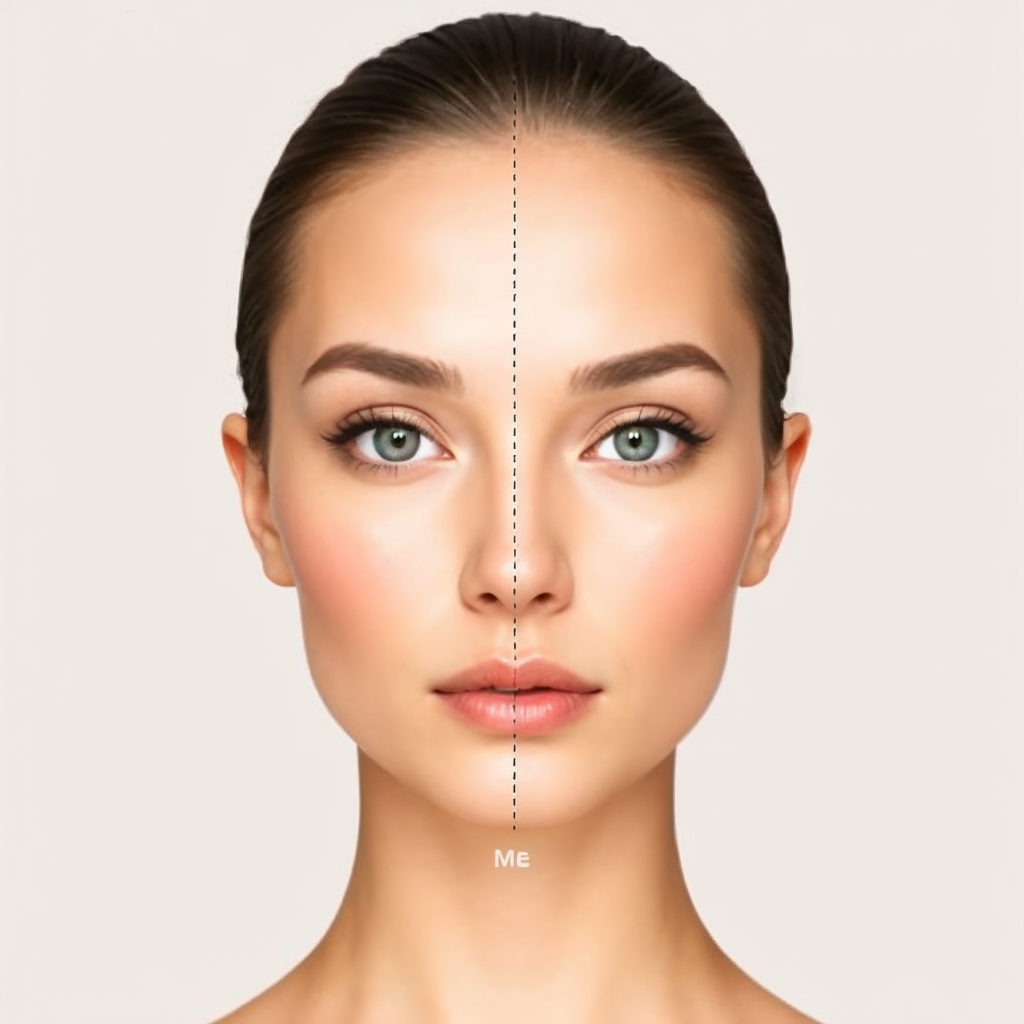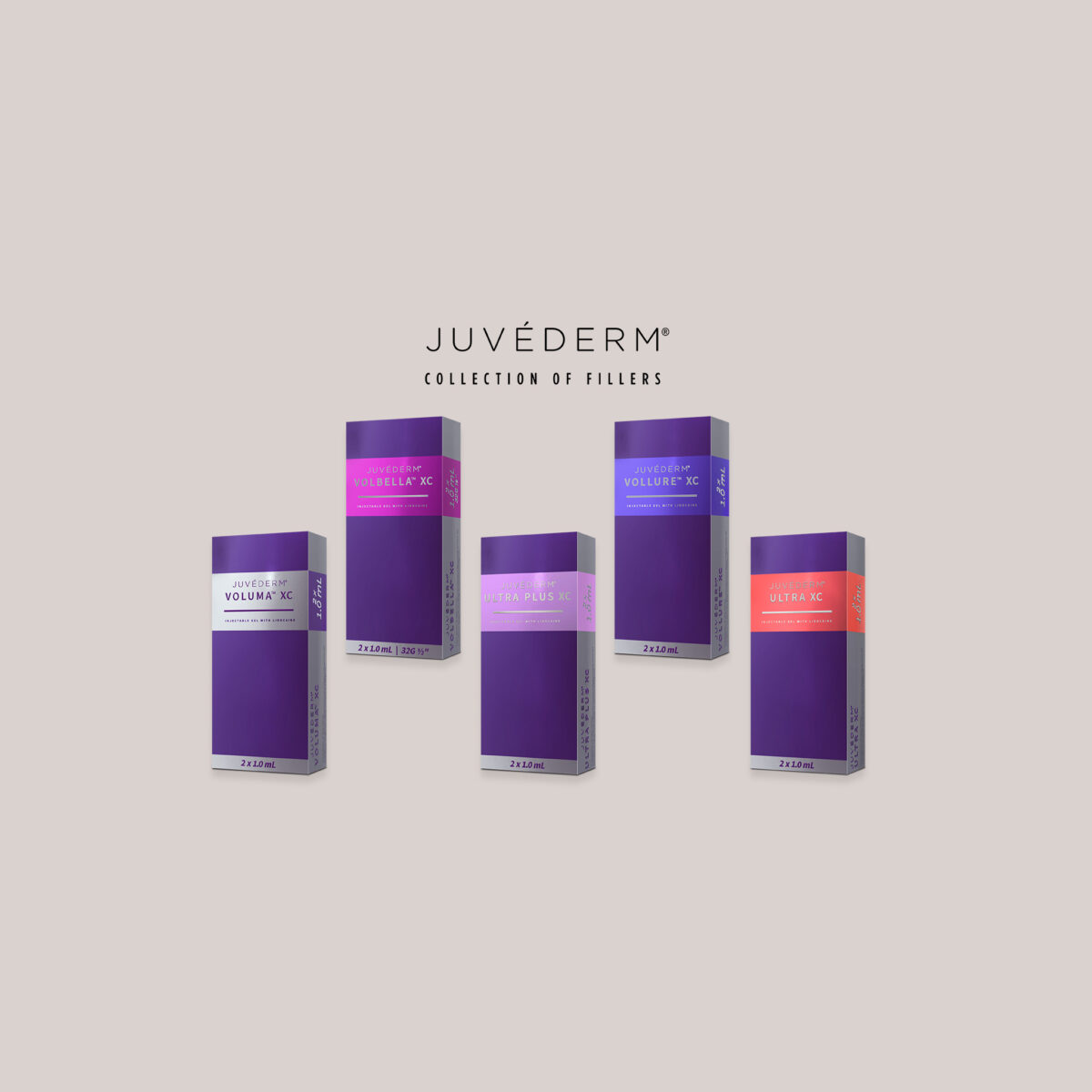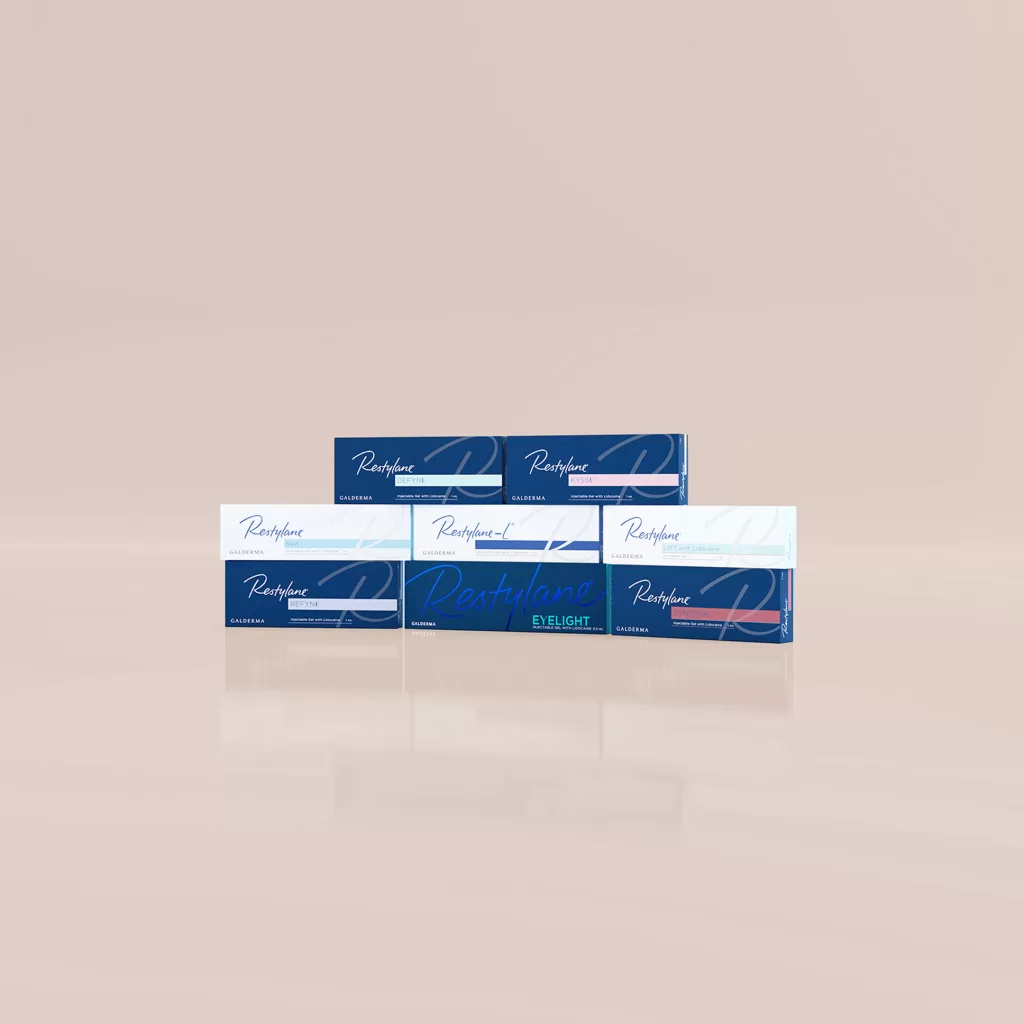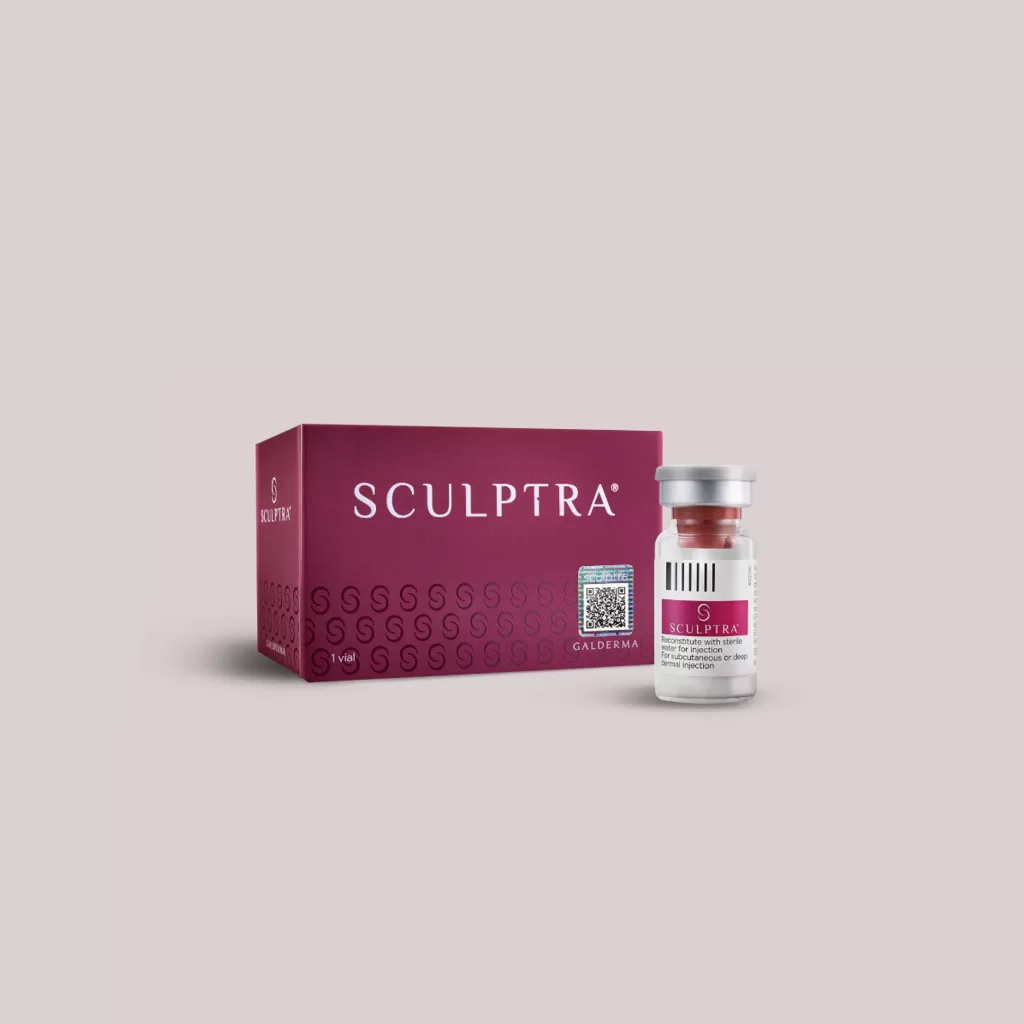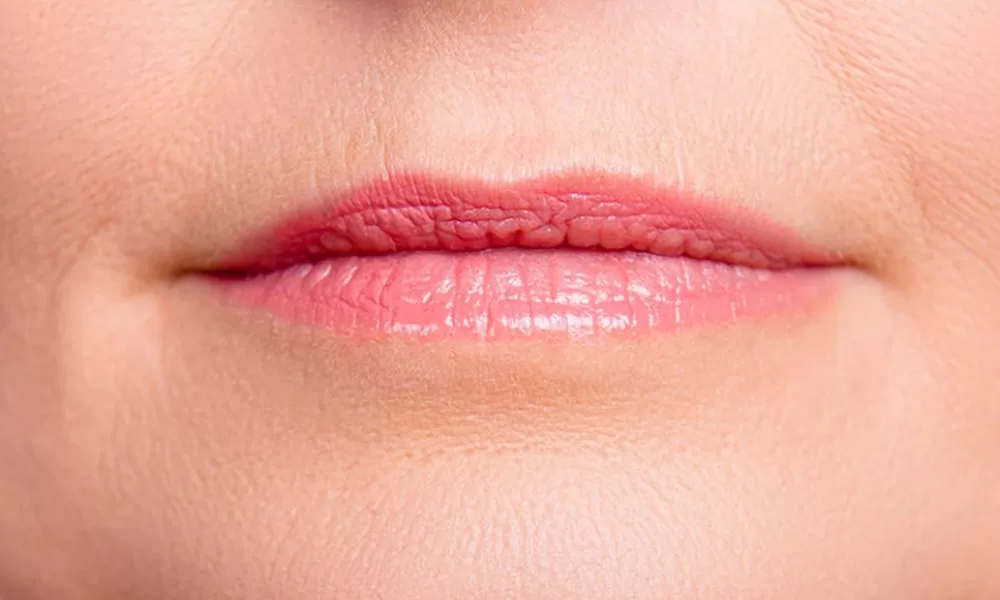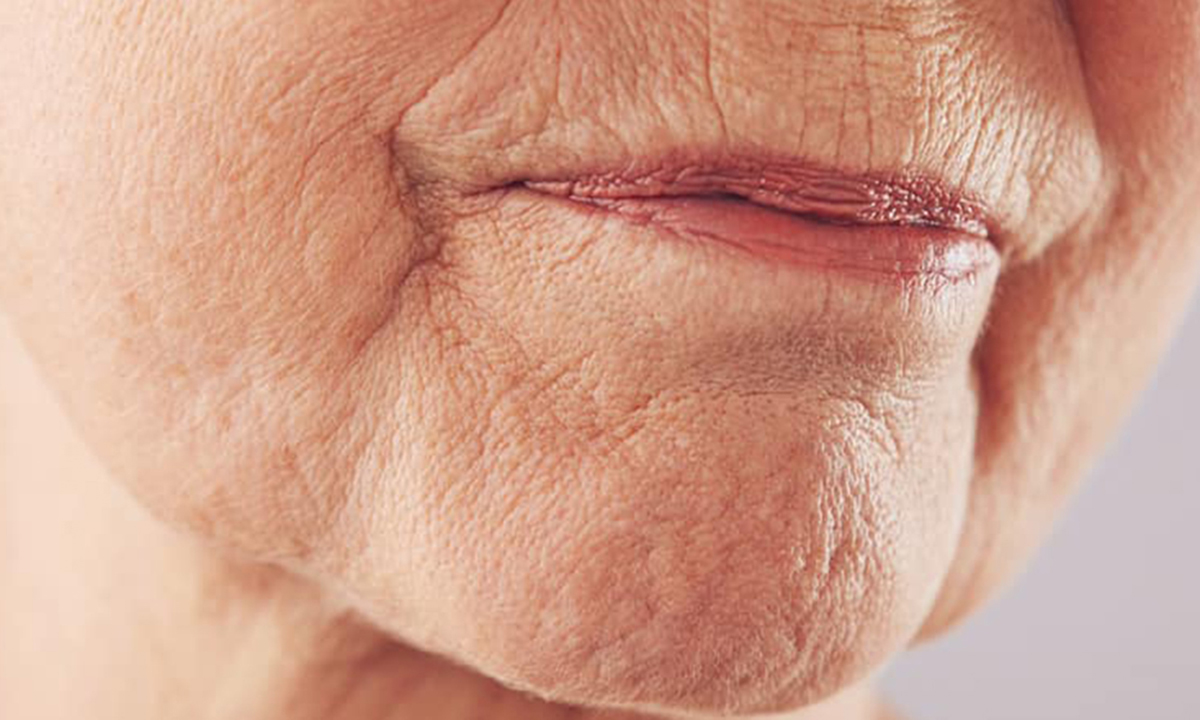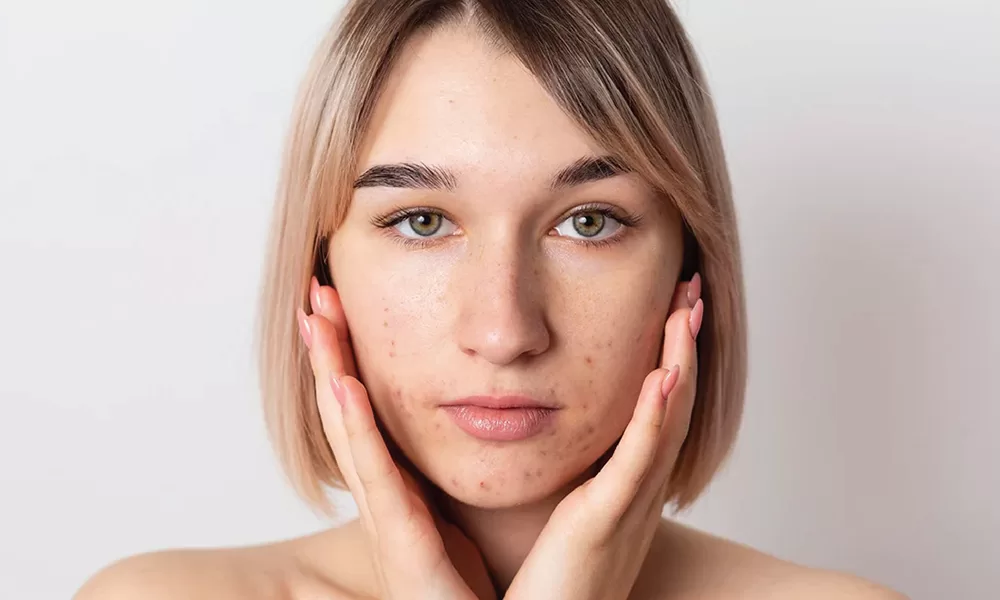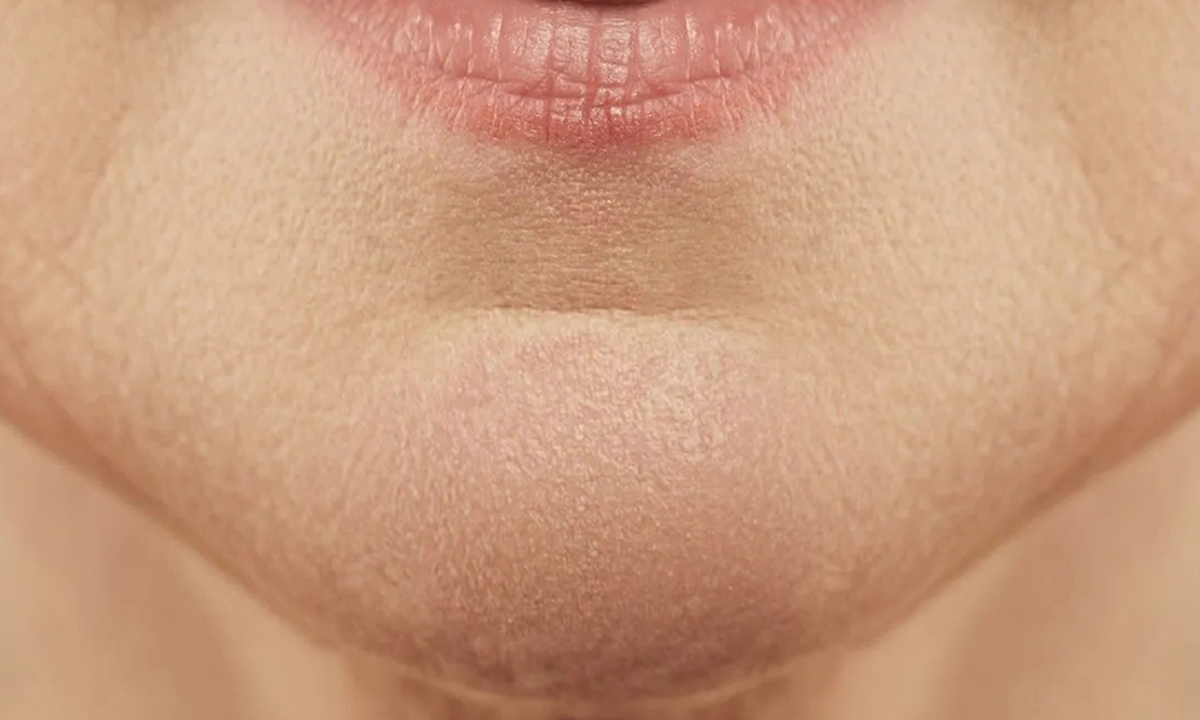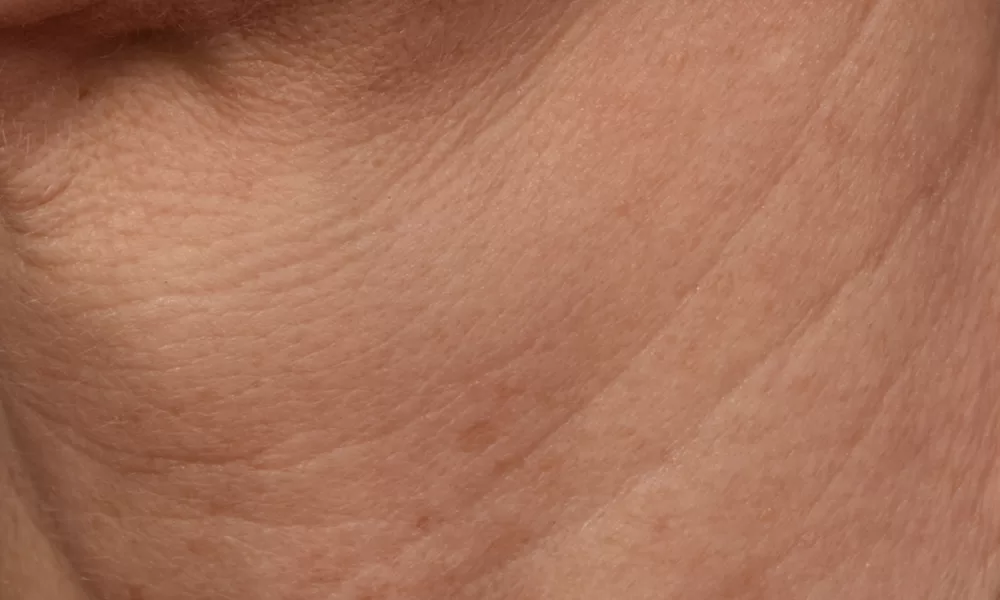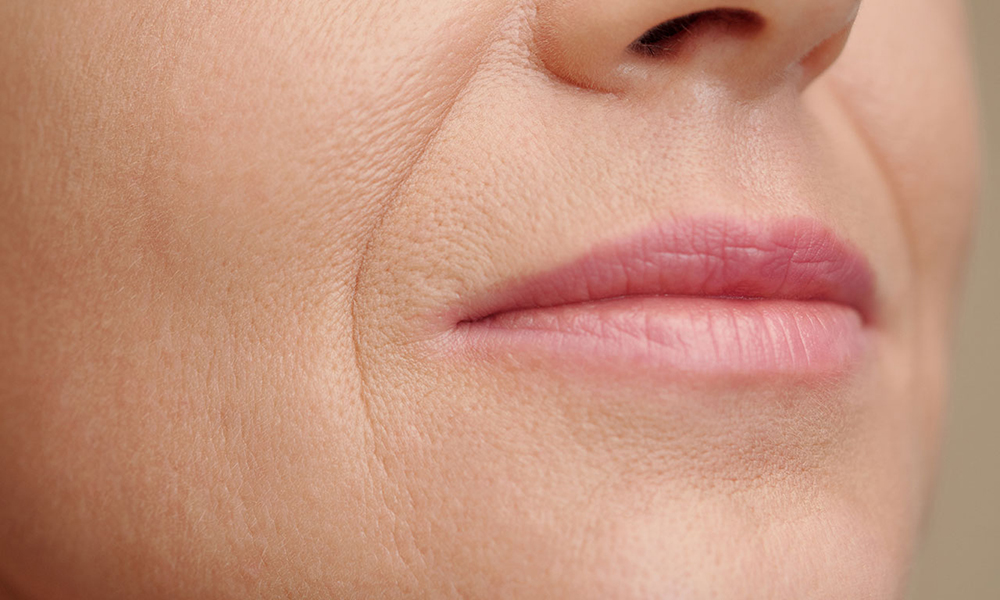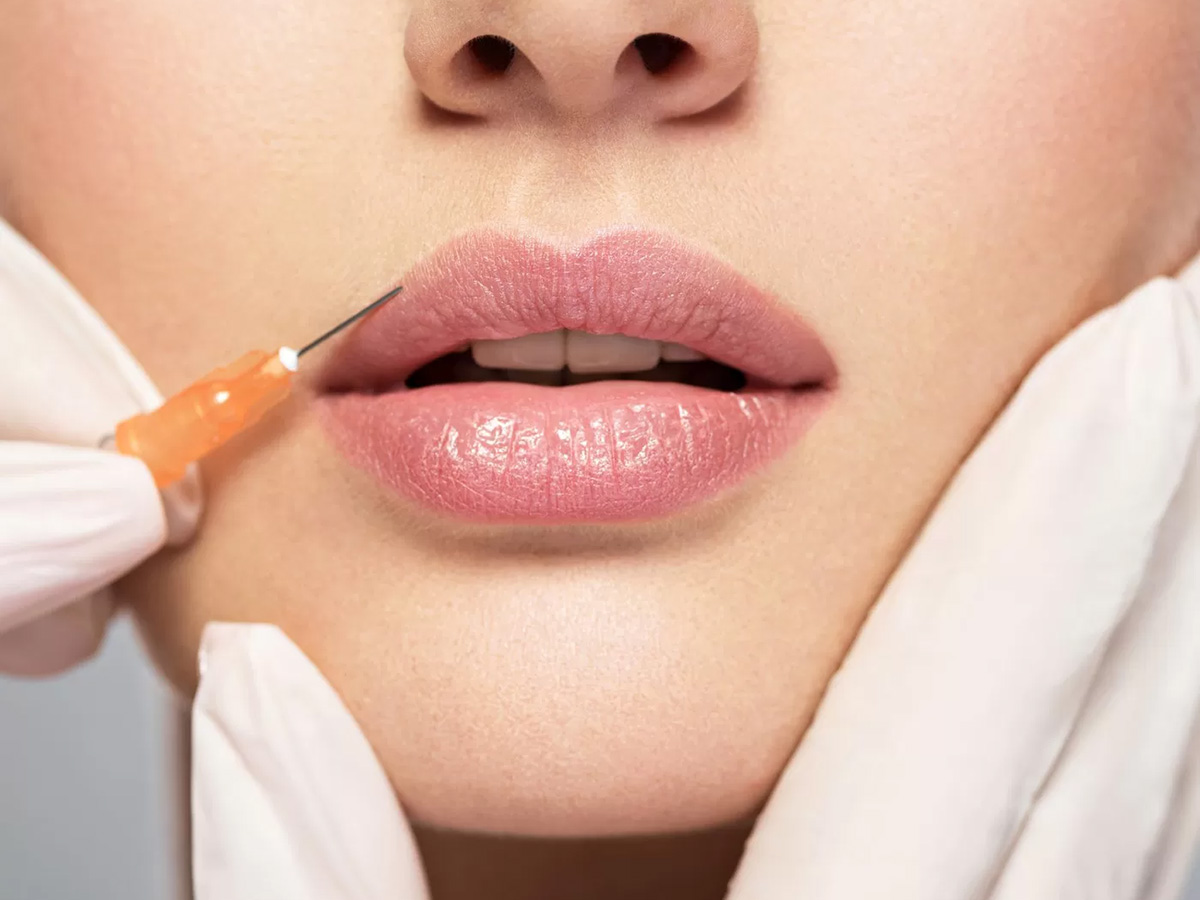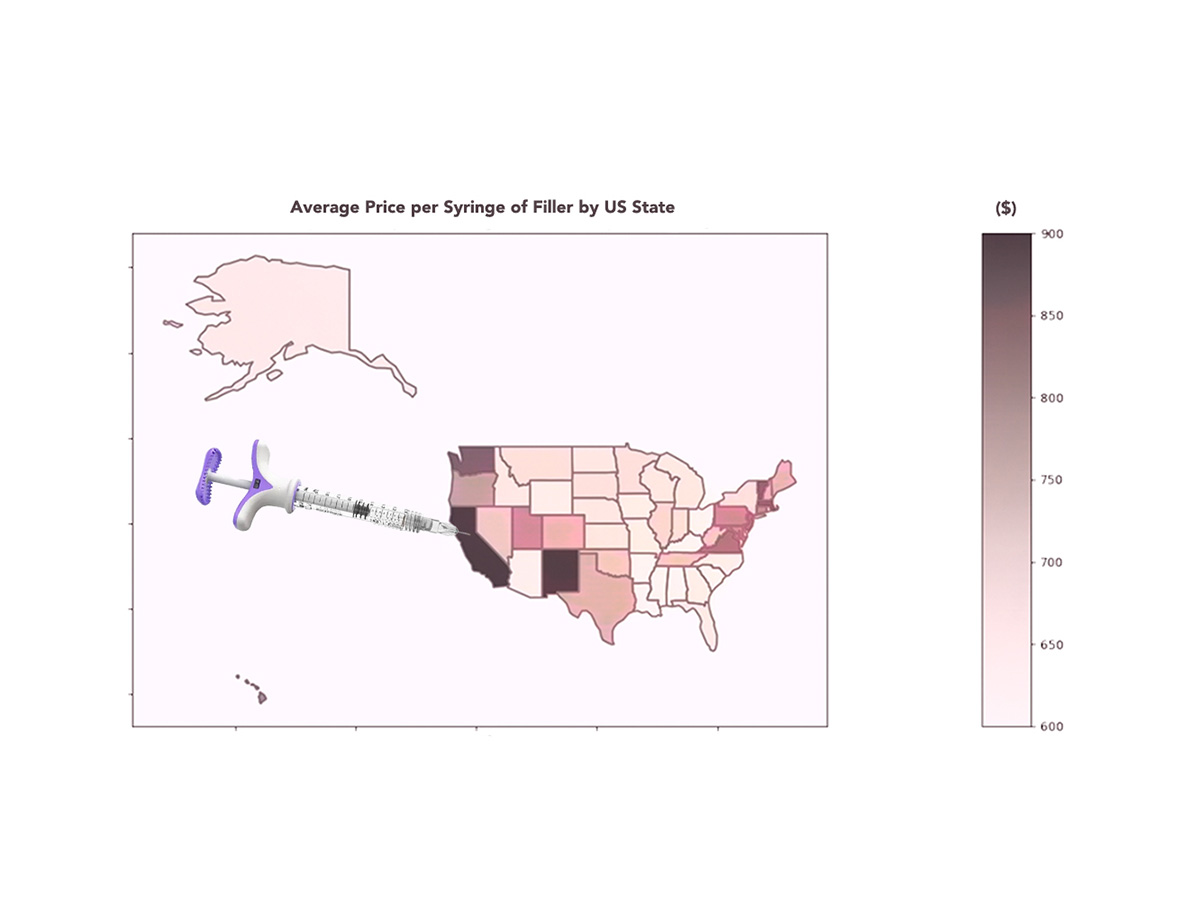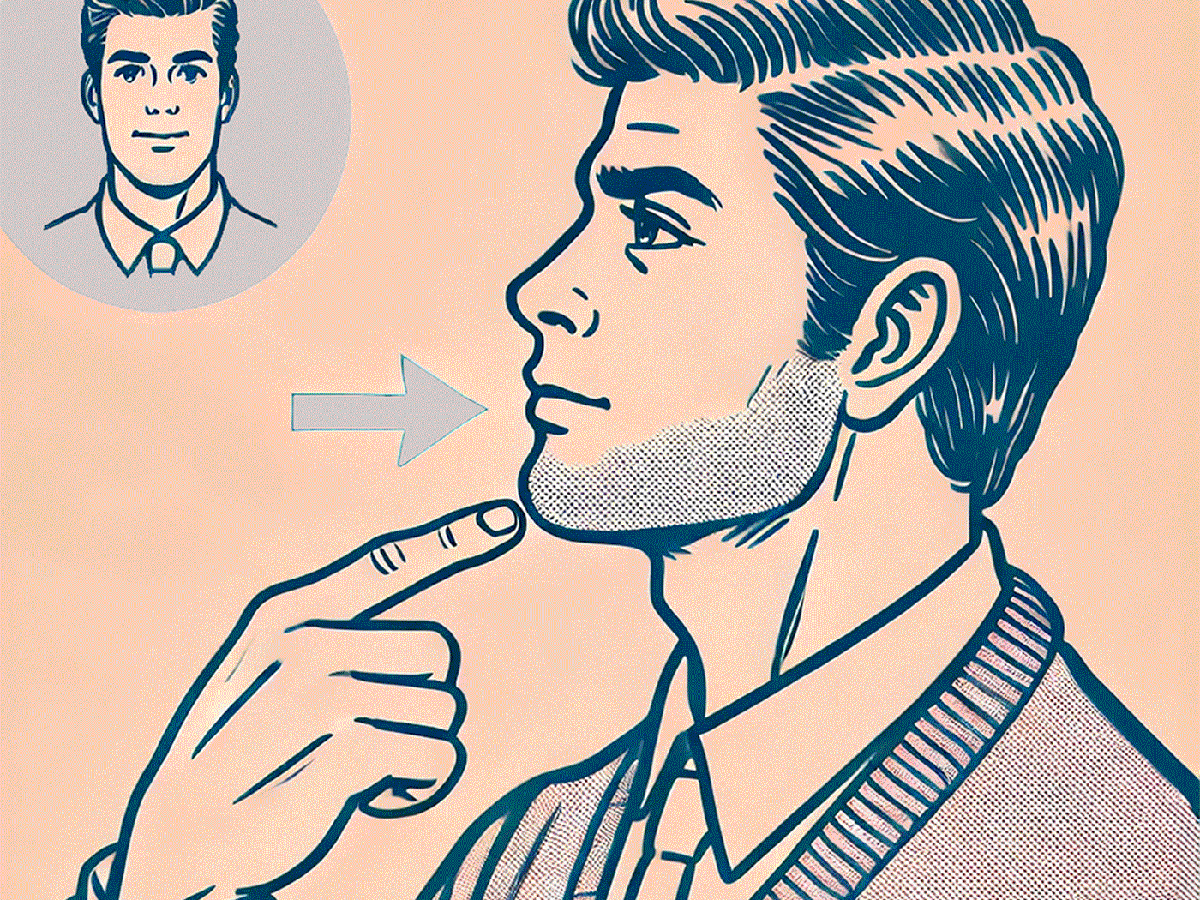A well-defined chin can dramatically enhance facial harmony and attractiveness, influencing not only aesthetics but also critical functions such as chewing, speaking, and breathing. But if your chin feels out of balance or lacks projection, you’re not alone—a weak chin (medically known as microgenia) is a common concern. Fortunately, understanding the causes and treatments available can lead to effective, transformative solutions.
Let’s take a closer look at what defines a weak chin, the common causes behind it, and how modern nonsurgical treatments can help you achieve a more balanced profile.
What is a Weak Chin (Microgenia)?
A weak chin is characterized by a lack of prominence or projection in the lower face, often appearing recessed or sloping backward. This lack of definition can make your facial profile seem disproportionate, affecting your overall appearance and confidence. But the implications of a weak chin aren’t merely cosmetic—it can also lead to functional challenges, impacting everyday activities.
How to Identify a Weak Chin vs. Strong Chin
To quickly assess whether you have a weak chin, view your face in profile. Ideally, the most forward point of your chin should align approximately with the front edge of your lower lip. A chin that sits significantly behind this line typically indicates a weak chin, while alignment or projection beyond this line signals a strong, balanced chin.
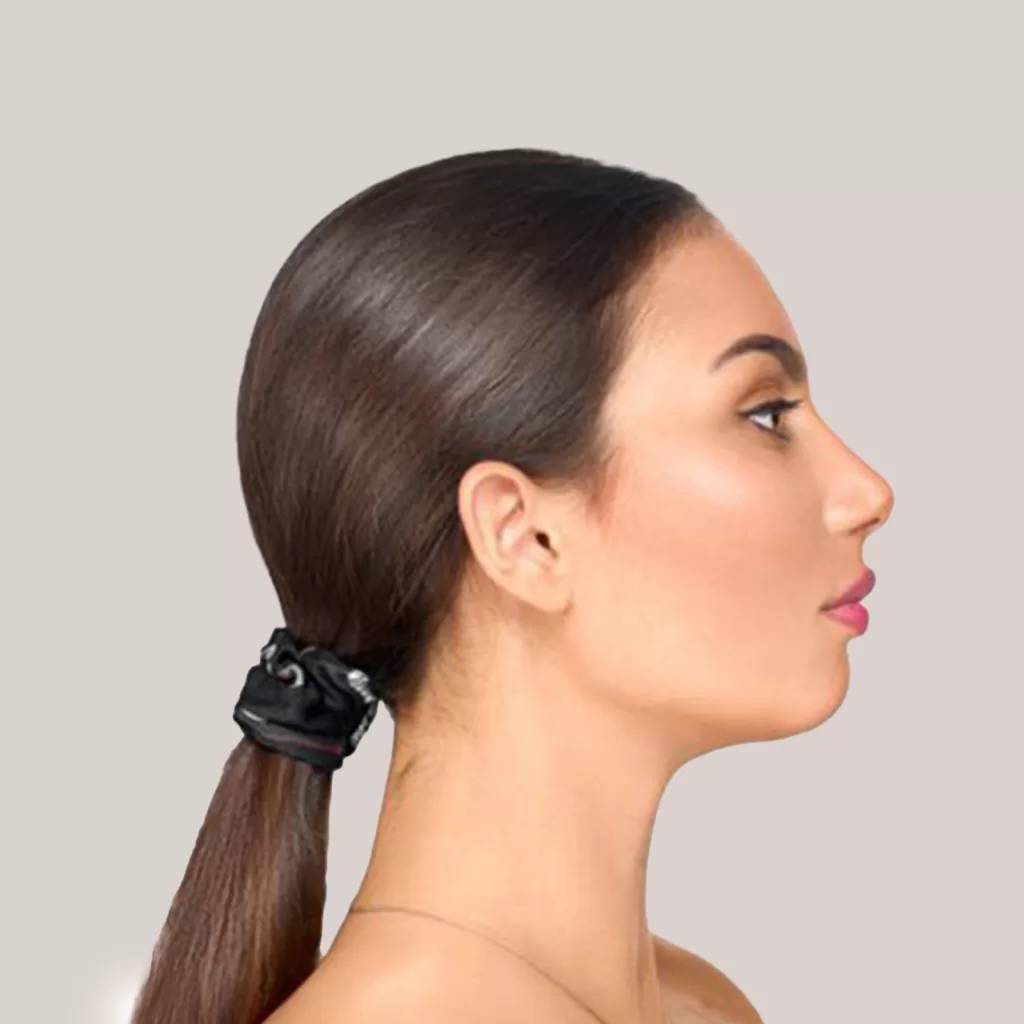
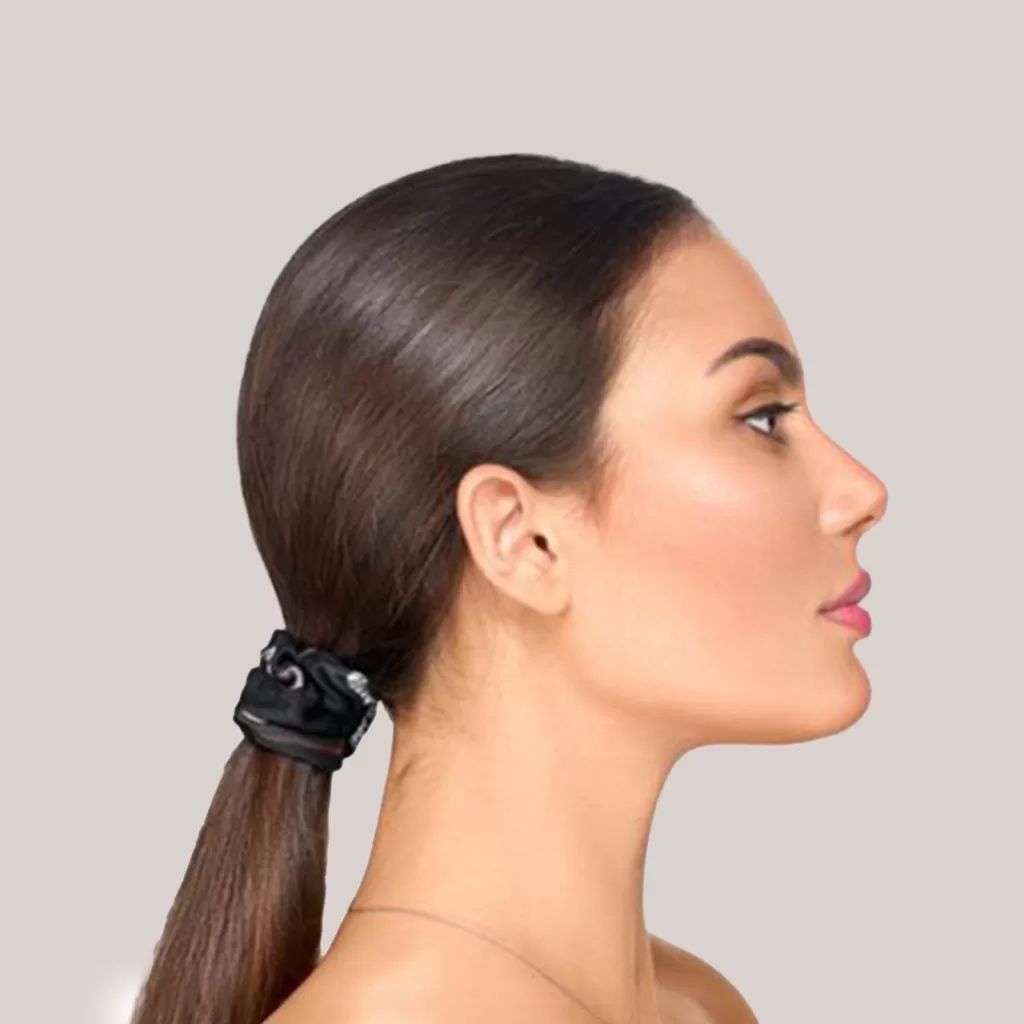
Weak Chin
A weak chin refers to a chin that lacks prominence or projection, often resulting in an undefined jawline and facial profile. This can create an imbalance in facial aesthetics, making the chin appear recessed in relation to other facial features.
Strong Chin
A strong chin is characterized by a well-defined and prominent chin projection, which contributes to a balanced and attractive facial appearance. A strong chin can correct facial asymmetry and provide structural support to the lower face, resulting in a more harmonious facial profile.
What Causes a Weak Chin?
Several factors can lead to a weak chin, each influencing facial aesthetics and structure differently:
Genetics and Inherited Traits
Your facial bone structure—including chin projection—is largely determined by genetics. If your family tends to have less prominent jawlines, you may naturally inherit a similar chin profile.
Submental Fat
Excess fat beneath the chin, known as submental fullness, can obscure jawline definition, making the chin appear weaker and recessed.
Dental Overbite and Jaw Misalignment
A pronounced overbite (where upper teeth overlap the lower teeth significantly) can shift jaw positioning backward, diminishing chin prominence.
Natural Aging
With age, skin loses elasticity, and facial volume diminishes, resulting in sagging and a reduced definition along the jawline, which can accentuate a weaker chin.
Facial Injury or Trauma
Trauma to the lower face or jaw can alter the bone structure, causing asymmetry or diminished chin projection.
Developmental Conditions
Certain developmental conditions or congenital syndromes can affect chin growth and facial bone structure, leading to a weaker appearance.
Functional Problems Associated with a Weak Chin
Beyond appearance, a weak chin may contribute to functional issues that can significantly impact daily life:
- Difficulty chewing or speaking clearly
- Temporomandibular Joint (TMJ) disorders causing jaw discomfort or pain
- Obstructive Sleep Apnea (OSA) due to airway constriction from jaw positioning
Addressing chin weakness can thus provide relief from both aesthetic and health-related challenges, enhancing quality of life.
How to Improve a Weak Chin: Nonsurgical Treatments That Work
If you’re hesitant about surgery, several highly effective nonsurgical treatments offer visible results with minimal downtime. At Direct Aesthetics, our experienced providers achieve beautiful results using:
Facial Balancing with Dermal Fillers
Facial balancing uses injectable dermal fillers, like Juvederm and Restylane, strategically placed to enhance chin projection and restore facial symmetry without invasive procedures. Results are immediate, natural-looking, and require minimal recovery.
Chin Fillers
Specialized chin fillers, including Juvederm Voluma and Restylane Defyne, can precisely augment chin projection. These fillers provide instant volume, reshape the chin, and create a more balanced, attractive facial profile, often lasting up to 12–18 months.
Collagen-Stimulating Fillers
Injectable treatments like Sculptra offer dual benefits: instant subtle enhancement, combined with long-term improvement through natural collagen stimulation. Over several months, Sculptra gradually strengthens the chin’s profile, providing sustained, natural-looking definition.
Chin Enhancement: Personalized Treatment at Direct Aesthetics
Choosing the right treatment depends on your individual goals, anatomy, and desired permanence. Our expert aesthetic providers will work closely with you to develop a personalized chin enhancement plan, delivering results tailored specifically to your unique facial structure.
Ready to explore how nonsurgical chin enhancement can balance your profile and boost your confidence?
GET IN TOUCH
